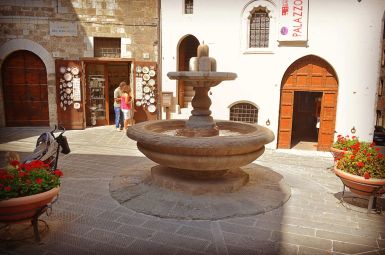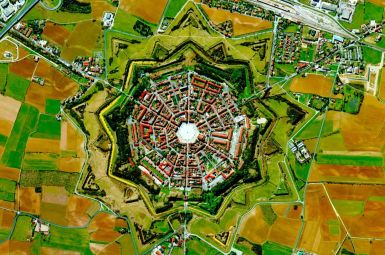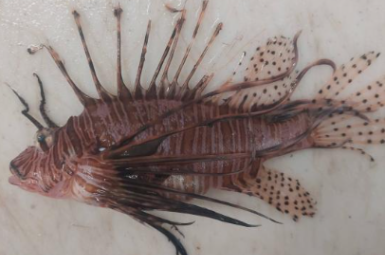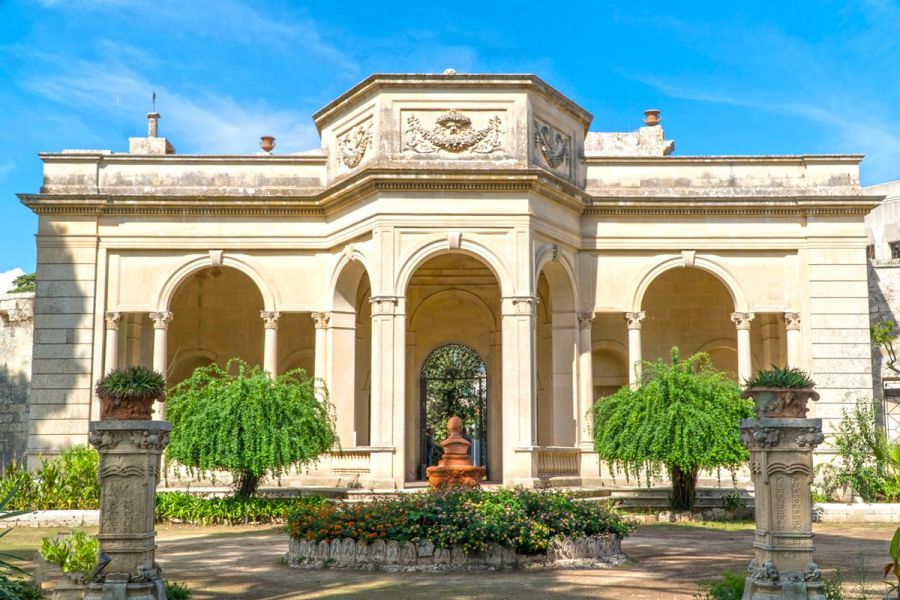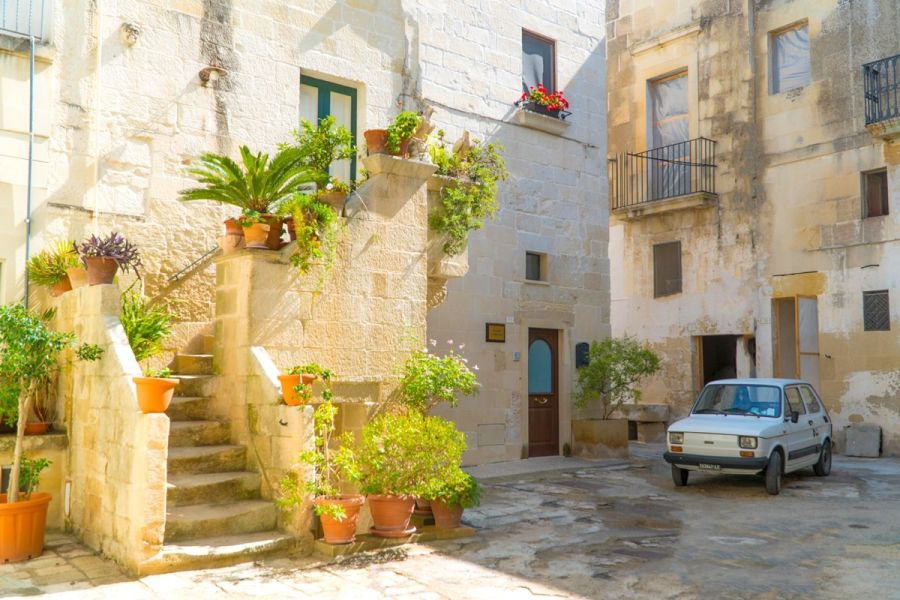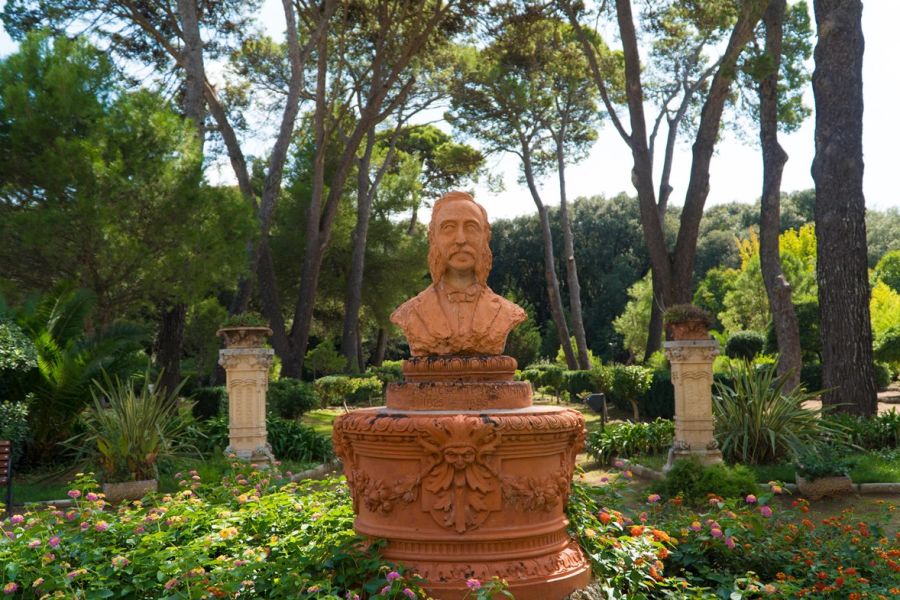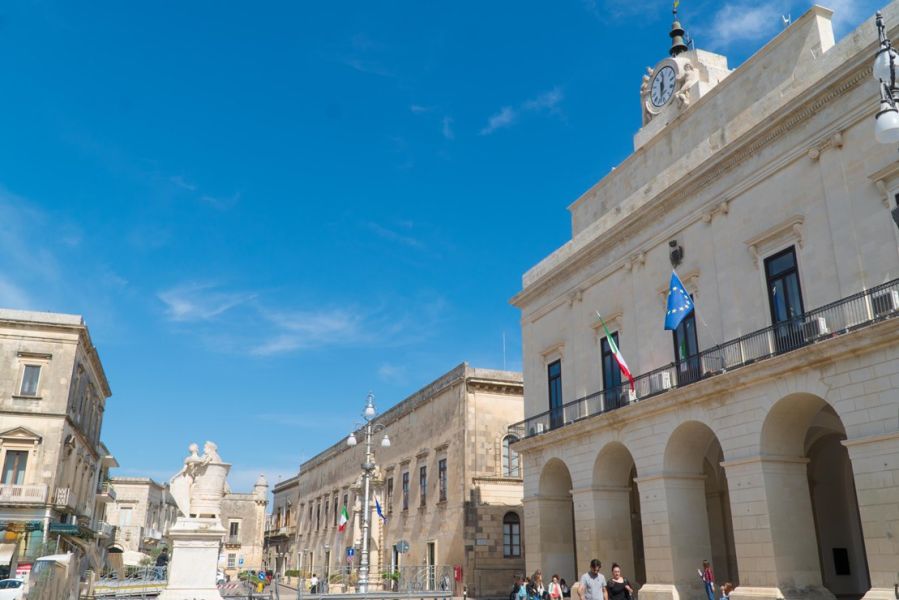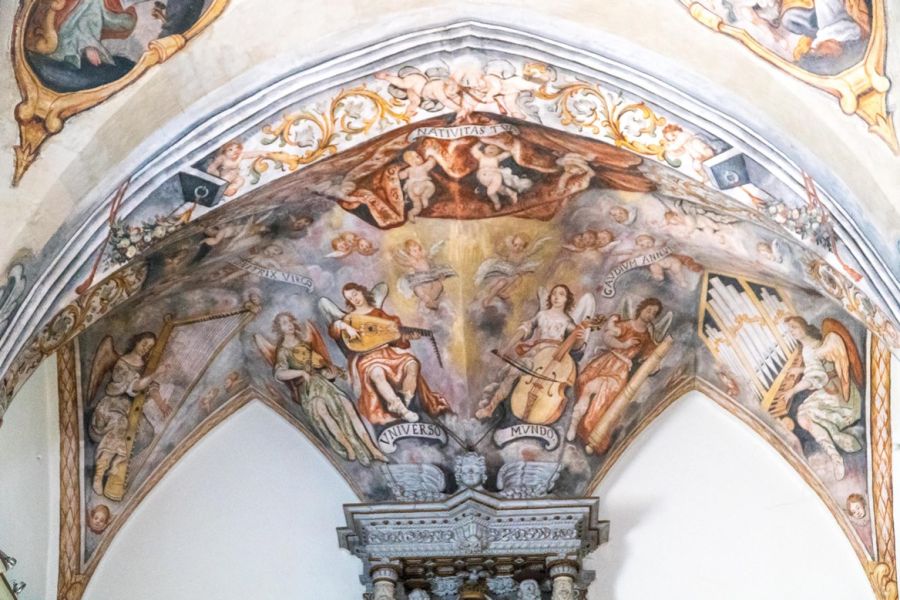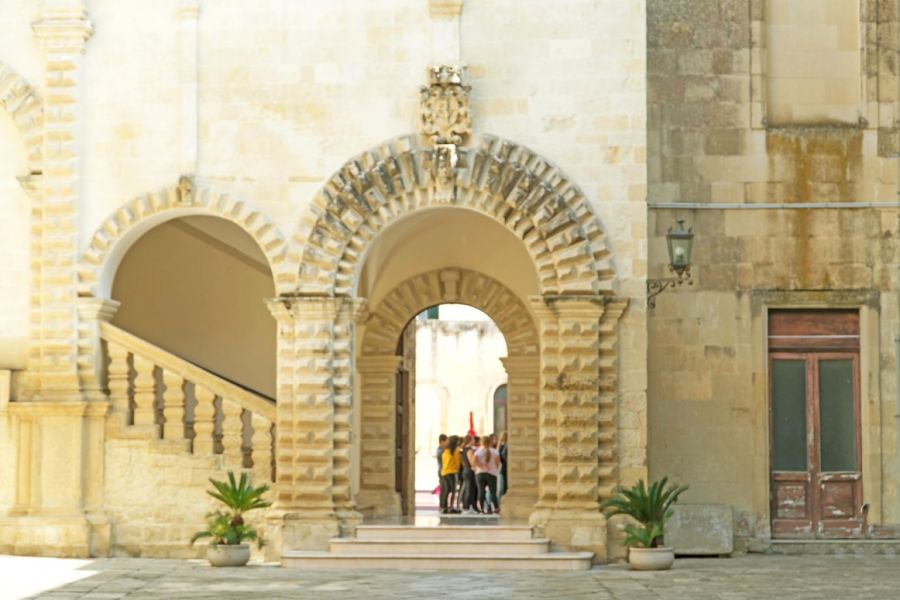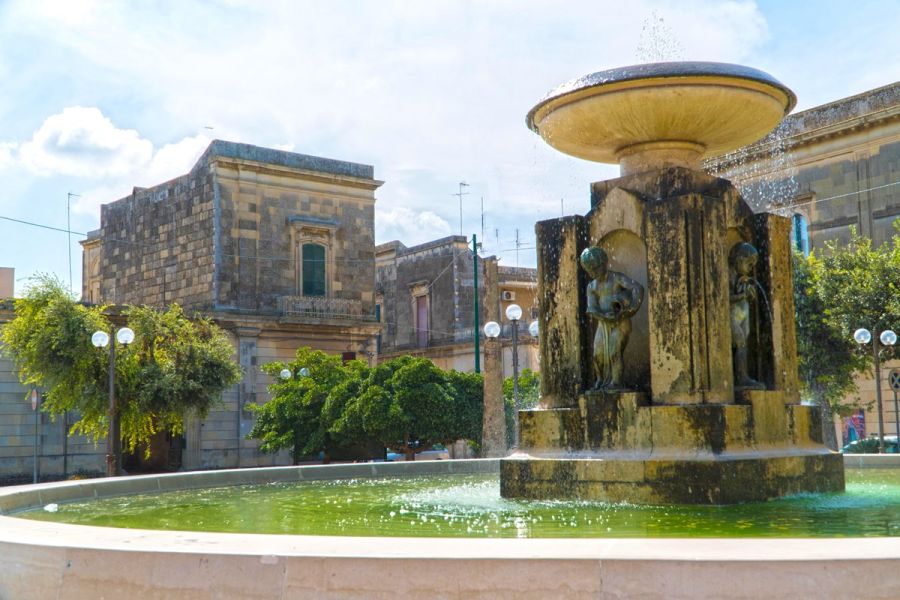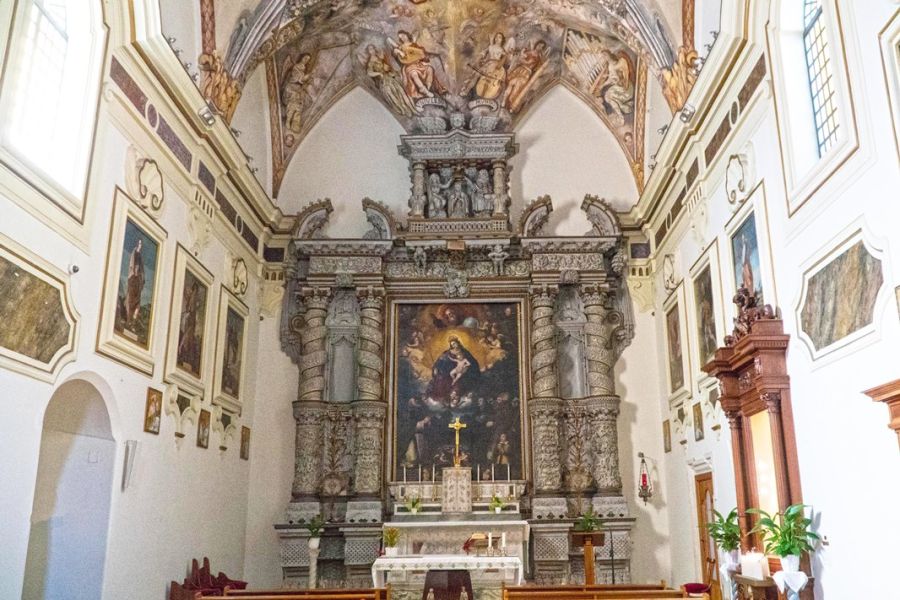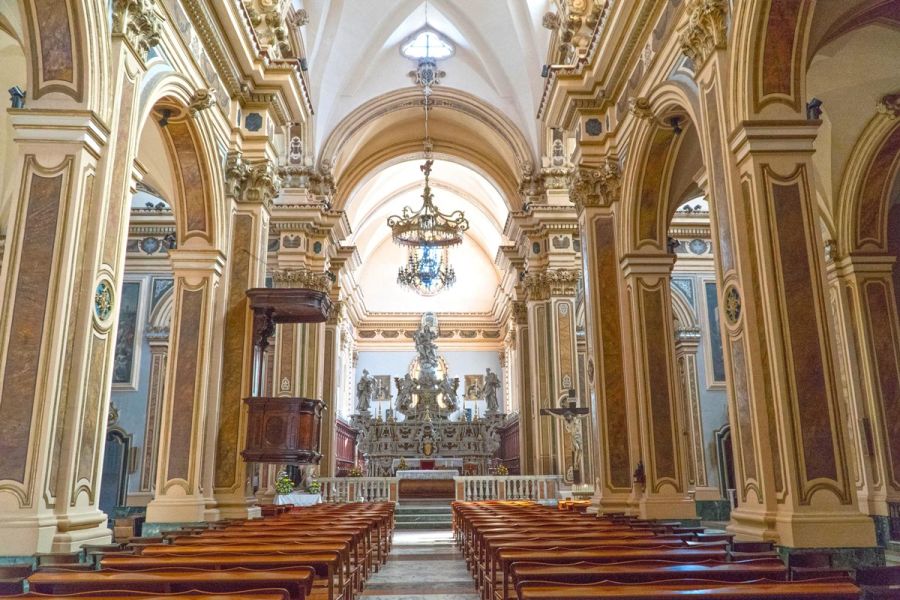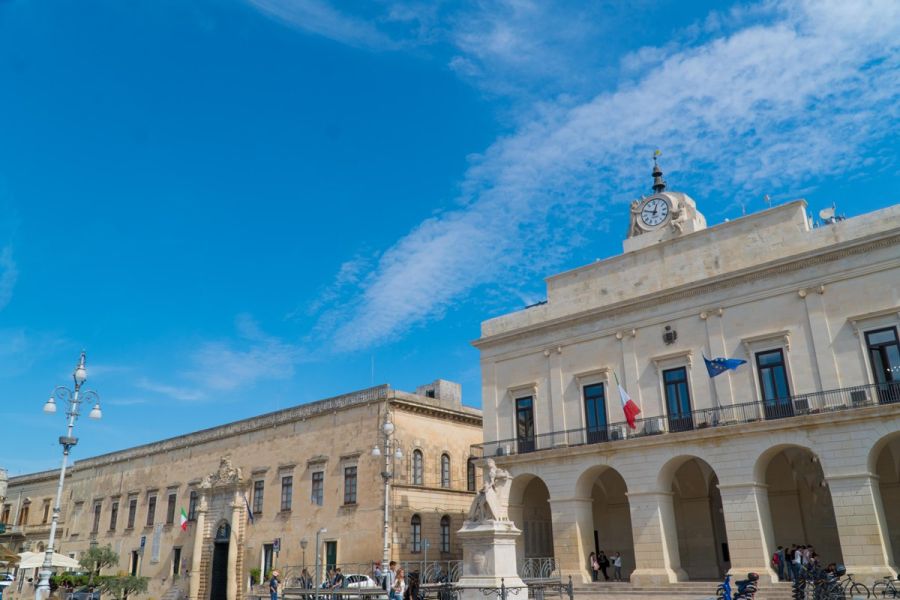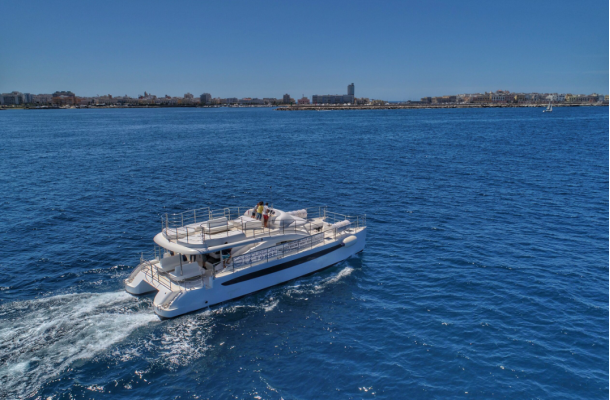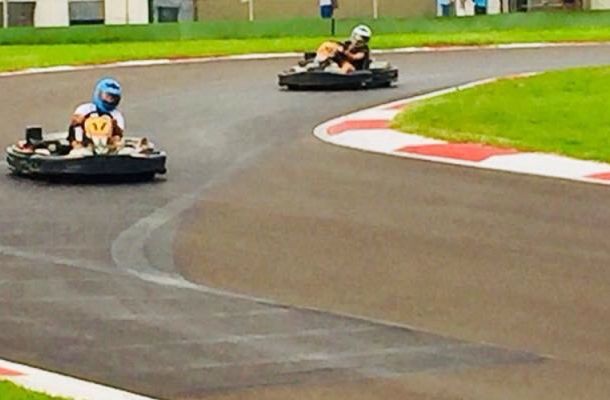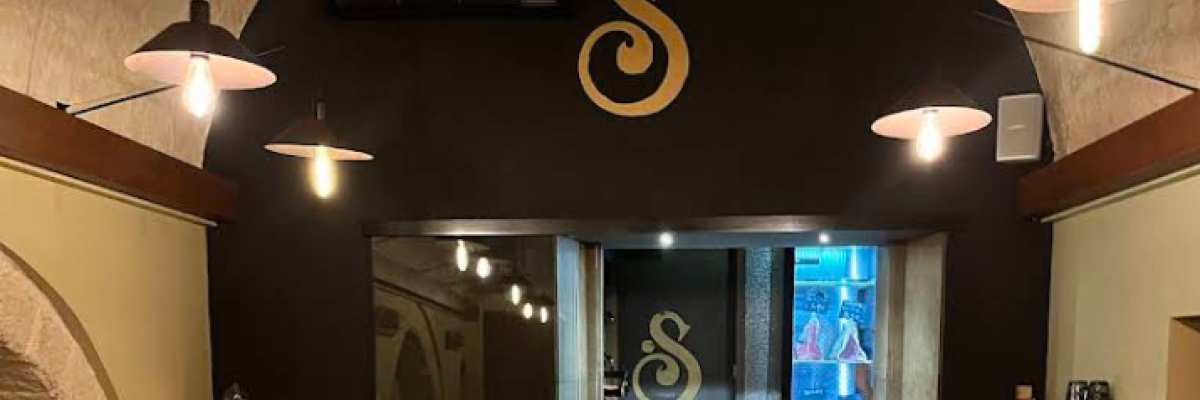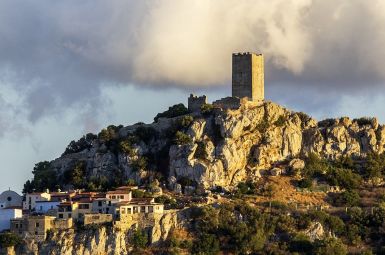
Il Borgo di Maglie
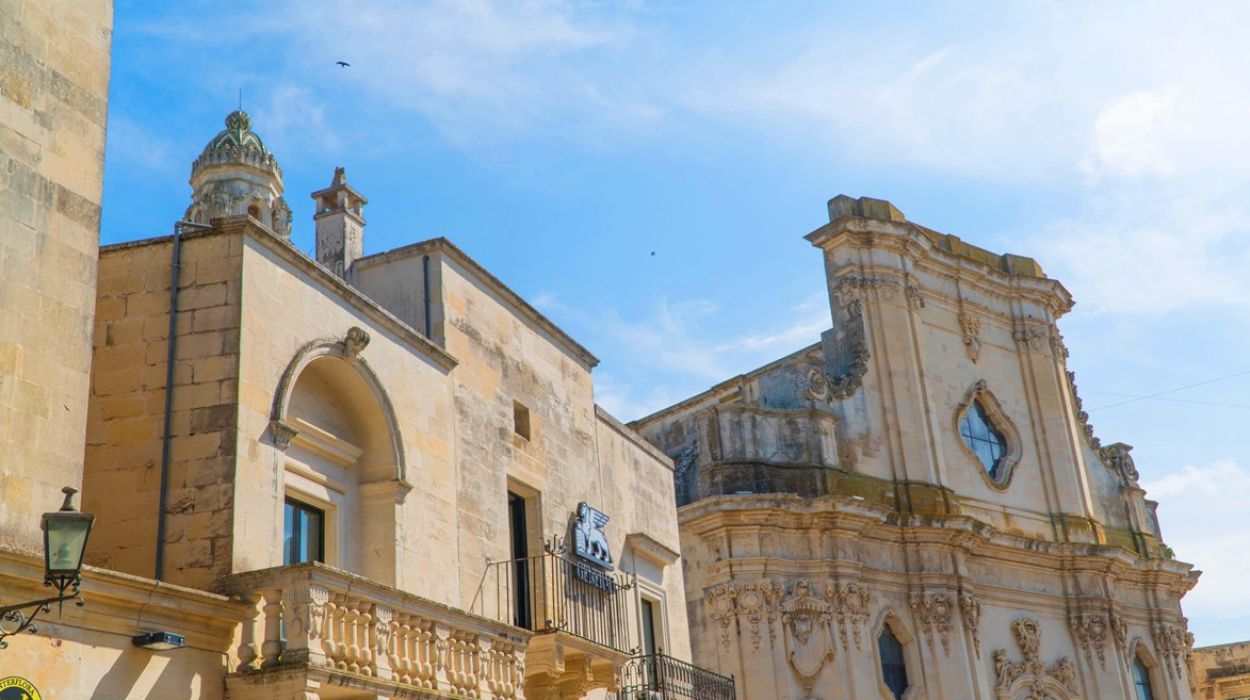
Il Borgo d’Italia
tutto da scoprire ed esplorare
Monumenti
Storia
La storia di Maglie è un continuo intrecciarsi di ipotesi e lacune che ancora oggi fanno discutere gli studiosi e non danno certezza sulla sua fondazione. Alcuni rimandano le sue origini al casale di Pretore, in seguito annesso al feudo di Cutrofiano; altri individuano la sua nascita dall’unione di tre casali: San Basilio, Sant’Eligio e San Vito.
Dalle testimonianza preistoriche giunte fino a noi, sappiamo per certo che il territorio è stato abitato fin dall’età del ferro. È stata sotto il dominio di diversi baroni, per primi i Lubello che amministrarono la città per quattro secoli e costruirono il primo castello. In seguito passò ad altre famiglie feudatarie, tra cui i Filomarino, ed infine i Capece.
La famiglia Capece merita sicuramente una menzione a parte nell’intarsio della storia di Maglie. Gli ultimi feudatari di Maglie diedero la spinta propulsore per far diventare il paese uno dei centri più importanti della Terra d’Otranto e di tutto il Salento: incrementando agricoltura, artigianato, industria e cultura. Se oggi Maglie è uno dei borghi più importanti della penisola, si deve senz’altro alla famiglia Capece e il popolo ne è cosciente e riconoscente.
Chiesa della Collegiata, il Duomo di Maglie
Il duomo di Maglie porta ancora addosso il nome alla greca di Chiesa Grande. Alta ed imponente grazie all’apparente movimento ondulatorio della facciata, appare leggiadra e flessuosa. Il prospetto in pietra leccese non rinuncia ad avere fregi barocchi, tanti da renderla elegante, ma non eccessivi da confondere la vista: in un delicato equilibrio di dettagli, di vuoti e pieni.
L’impianto latino dell’interno custodisce gemme preziose come i due altari barocchi in pietra leccese, scolpiti da Emanuele Orfano e dipinti a mano, e il coro ligneo con organo che risalgono al millesettecento. I preziosi elementi di questa chiesa si uniscono al campanile, che sovrasta la facciata e con i suoi quarantotto metri si classifica tra i più alti della provincia di Lecce.
Palazzo Capece e statua di Francesca Capece
Il palazzo baronale della Famiglia Capece non è sede municipale ed è un dettaglio che apre la porta ad una storia di cultura e vivere civile. Il palazzo Baronale probabilmente è nato come fortezza angioina, quasi certamente ha subito gravi danni a causa dei saccheggi del popolo ottomano ed è rinato prima con la famiglia Lubello e successivamente è stato demolito e ricostruito con una veste gentilizia dal duca Filomarino. Alla famiglia Capece si deve l’importante portale in stile Barocco.
L’ultima baronessa di Maglie, Francesca Capece, ha donato la sua dimora al popolo, affinché i giovani potessero studiare ed istruirsi ed oggi è la sede del Liceo Classico intitolato alla nobildonna e del museo di Paleontologia.
Il popolo di Maglie è sempre riconoscente nei confronti della baronessa Capece e per renderle omaggio le ha dedicato una statua di notevole prestigio e fattura. Questa statua, in marmo bianco di Carrara, è di sicuro l’opera più importante dello scultore salentino Antonio Bortone che ha voluto immortalare la donna sul finire della sua vita mentre dona una croce, simbolo di fede, ed un libro, emblema della sapienza, ad un giovinetto con in mano uno scudo, rappresentazione della città.
Villa Tamborino
Villa Tamborino è stata costruita sul finire dell’800, per volere del senatore Achille Tamborino. Il vero fiore all’occhiello di questa villa è il suo giardino: un parco all’inglese in cui l’occidente è spolverato da un gusto orientale.
La villa apre le sue porte con un padiglione neoclassico, decorato con ghirlande e cornucopie. Il viale d’ingresso conduce ad un belvedere dalla particolare forma ottagonale, al centro una tenda di drappeggi e tessuti morbidi ci accoglie nel coffee-shop portandoci direttamente in Turchia. Il pavimento che calpestiamo nasconde grotte artificiali ricoperte di pietre, conchiglie e stalattiti portate lì dalle rientranze presenti sulla costa. Il giardino è un’oasi nella movimentata Maglie: alterna patii ottocenteschi e grotte artificiali, bellissimi prati a laghetti con paperelle. Una perla rara in cui rifugiarsi ed immergersi nel silenzio della natura.
Opificio Piccinno
Nella storia di Maglie s’incastonano le vicende dei fratelli Piccinno che con la loro tradizione artigianale hanno contribuito a rendere famoso il nome della città.
I fratelli Piccinno fin dalla seconda metà del milleottocento sono stati maestri falegnami ed ebanisti, realizzando mobili di qualità ed eleganza senza pari, che vennero esportati per tutta l’Europa e giunsero anche in America.
Un incendio doloso causò nel 1926 il tracollo dell’azienda e gli operai, rimasti senza lavoro, aprirono piccole botteghe d’artigianato portando avanti la tradizione che ha reso grande la famiglia Piccinno.
L’opificio ha ospitato la manifattura tabacchi fino al 1995. Oggi è il centro della vita sociale di Maglie, essendo diventando luogo di mostre ed eventi culturali.
La Cutura a (Giuggianello)
Le masserie sono un patrimonio a cui il Salento ha saputo dare valore, spesso donandogli una nuova vita e sottraendole al degrado e all’abbandono. È il caso della Cutura, una masseria del milleottocento dalla cui pietra (Cute) è nato uno dei giardini botanici più belli d’Italia.
Le piante aromatiche coccolano l’olfatto, i colori dei mille fiori circondano lo sguardo, in una sinestesia di sensazioni a cui si aggiunge l’agrumeto e il meraviglioso bosco di lecci.
Proseguendo per questo incanto nella natura si arriva alla distesa di piante grasse: sono migliaia, dalle forme e i colori più strani, con varietà rarissime, che il giardino custodisce gelosamente. I percorsi guidati sono borse di conoscenze che non annoiano e che portano a scoprire dettagli e curiosità del mondo vegetale che ci circonda.
Curiosità
La Fiera dei Campanelli
Il venerdì prima della domenica delle Palme, Maglie è presa d’assalto da turisti e curiosi che affollano piazza Tamborino per la tradizionale Fiera dei Campanelli.
Artigianati da tutto il Salento espongono campanelli in terracotta dai colori e dai disegni vivaci.
La tradizione vuole che il giovedì Santo le campane smettano di suonare, per le strade si riversino bambini e ragazzi che festanti fanno tintinnare i loro campanelli.
Oggi accanto ai campanelli si sono aggiunti anche fischetti e trozzule ed è sicuramente difficile trovare qualcuno che faccia suonare il suo campanello, ma quest’appuntamento è tuttora irrinunciabile per Maglie e per i paesi che la circondano.
Personaggi
Salvatore Toma
“I più acuti e dolorosi del decennio”: così sono stati definiti i suoi versi. Siamo a cavallo tra gli anni Settanta e Ottanta, ed un ragazzo, appollaiato su una quercia in periferia, scrive poesie cantando la morte con toni struggenti ma anche ironici e canzonatori e parlando del suicidio come via di salvezza.
Quando sarò morto
Che non vi venga in mente
Di mettere manifesti:
morto serenamente
o dopo una lunga sofferenza
o peggio ancora in grazia di Dio
Io sono morto
Per la vostra presenza.
(S. Toma, Il canzoniere della morte, a cura di Maria Corti, Einaudi, 1999)
Totò Franz, pseudonimo di Salvatore Toma, il poeta di Maglie, tra il 1979 e il 1983 pubblica sei raccolte di poesie: “Poesie”, “Ad esempio una vacanza”, “Poesie scelte”, “Un anno in sospeso”, “Ancora un anno” e “Forse ci siamo”.
La morte è il perno della sua poesia, viene vagheggiata e desiderata come se fosse una bella donna, con un’adorazione paragonabile a quella che gli stilnovisti avevano per la donna amata. Accanto a questo fulcro tematico, si aggiunge quello per gli animali, ammirati nella loro purezza e ingenuità perché sono estranei alla cattiveria umana.
Il menestrello della morte ha abbandonato la vita a trentacinque anni, i più romantici sostengono che si sia suicidato, altri, più oggettivamente, riconducono la sua dipartita ad un abuso di alcool e ad una cirrosi epatica. La sua poetica è tra le più originali in Italia, anarchica ed incondizionata, fa entrare il poeta di diritto nella schiera della Scapigliatura Salentina.
“Non t’interesserai mai alla mia poesia” disse un giorno Totò Franz alla filologa Maria Corti: la provocazione che suonava come un guanto di sfida, venne colta molti anni dopo la morte del poeta.
Maria Corti conobbe e studiò la scrittura di Salvatore Toma, riconoscendo il suo indiscusso talento. Curò per lui due antologie postume: Canzoniere della morte (Einaudi 1999) e Bestiario Salentino. Quel ragazzo che era apparso solo su riviste locali, aveva ottenuto solo dopo la sua morte la meritata fama nazionale.
Aldo Moro
Il 23 settembre 1916 a Maglie è nato Aldo Moro. Lo statista ha trascorso nel paese salentino solo gli anni della sua infanzia, ma ancora oggi la città è particolarmente legata al suo cittadino più illustre.
Emblema della Democrazia Cristiana, più volte deputato e ministro. Nel 1976, nel pieno degli anni di piombo, viene nominato Presidente del Consiglio. Com’è noto il suo incarico termina tragicamente: con il suo rapimento e la sua uccisione da parte delle BR. Il caso Moro è ancora oggi motivo di dibattito e di dolore, per Maglie e per l’Italia tutta.
Ricette Tipiche
Ciciri e tria
Una delle ricette più antiche legata alla tradizione gastronomica Salentina. Già menzionata dal poeta latino Orazio, che decantava una minestra composta da ceci, porro e lasagne,questo tipo di pasta si è diffusa nel Salento con il nome di “Tria”, derivata dalla parola araba “itriyah” (pasta secca).
Un piatto povero ma molto gustoso, preparato durante tutto l’anno il cui ingrediente principale sono i ceci; la pasta “Tria” si prepara semplicemente con semola di grano e acqua, il tutto è insaporito da una parte di pasta che viene fritta i “frizzuli” in olio extravergine di oliva .
Se non avete tempo di preparare la pasta in casa potete comprare delle tagliatelle fresche o utilizzare della pasta secca di forma simile.
Gli ingredienti:
300 gr. di ceci secchi
1 cucchiaino di bicarbonato
sale grosso (due manciate circa)
peperoncino o pepe
sale
1 cipolla
4 foglie di alloro
olio extravergine di oliva
per la “Tria”:
500 gr di farina (semola di grano duro)
1 cucchiaino di sale
acqua q.b.
Preparazione dei ceci
Prendete i ceci secchi versateli in un contenitore, aggiungete un cucchiaino di bicarbonato, una manciata di sale grosso, versate un pò di acqua e strofinateli con le mani. Ricoprite con abbondante acqua e lasciateli in ammollo per tutta la notte (almeno 12h). La mattina dopo eliminate l’acqua, lavateli e versate i ceci in una pentola, ricoprite completamente con acqua fresca e iniziate la cottura. In un pentolino, da tenere sempre sul fuoco, versate una manciata di sale grosso insieme all’acqua che servirà per la cottura. Quando i ceci arriveranno a bollitura, togliete l’acqua che si presenterà piena di schiuma e aggiungete quella calda del pentolino. Unite nella pentola una cipolla bianca tagliata a pezzi e tre foglie di alloro. La cottura dovrà proseguire per circa 1h, abbiate cura di tenere sempre i ceci ben coperti con acqua. Quindi aggiungete, se necessario, sempre acqua calda.
Preparazione dell pasta fresca “Tria”.
Versate su un piano da lavoro la farina, formate una fontana e al centro aggiungete dell’acqua insieme ad un cucchiaino di sale fino. Iniziate ad impastare. Regolatevi se aggiungere altra acqua, l’impasto dovrà risultare morbido e liscio come nella foto. Lavorate l’impasto fino a quando non sarà elastico. Con dei movimenti rotatori della mano formate una palla. Ecco l’impasto liscio e morbido. Copritelo con della farina e lasciate risposare per almeno 1h. Cominciate a stendere la pasta con un mattarello. Stendete la sfoglia formando un cerchio non molto sottile. Iniziate a piegare la pasta su se stessa, spolverate con abbondante farina prima di ogni passaggio per evitare che i vari strati si possano appiccicare tra di loro. Tagliate le estremità della pasta in modo da formare un rettangolo. Con una rondella tagliate delle fettuccine, larghe pochi mm. Appena terminata questa operazione sciogliete subito la pasta e infarinate.Ponetela sul piano di lavoro e lasciate asciugare per un paio di ore.Ricordatevi di mettere da parte della pasta, magari i ritagli e le fettuccine più piccole, andranno poi fritte. Come quantità circa una manciata abbondante.Prendete i ceci cotti, eliminate la cipolla e lasciate un pò del brodo di cottura.
Preparazione della pasta fritta “frizzuli”
In un pentolino versate dell’olio extravergine d’oliva, riscaldatelo con due peperoncini, la quantità decidetela voi in base a quanto amate il piccante. Versate nell’olio la pasta messa da parte insieme ad una foglia di alloro.
Friggetela sino a che non sarà dorata, ed ecco pronti i “frizzuli”.Intanto preparate una pentola con acqua e sale. Accendete il fornello e portate a bollore, versate le tagliatelle e cucinatela per pochi minuti. Quando le vedrete emergere in superficie come nella foto togliete dal fuoco. Eliminate l’acqua di cottura, lasciatene giusto poca sul fondo della pentola. Riportate sul fornello a fiamma bassa. Versate i ceci e il loro brodo di cottura, mescolate. Aggiungete anche la pasta fritta “frizzuli” con tutto l’olio e amalgamate bene in modo da insaporire tutta la pasta. Se non avete aromatizzato l’olio con il peperoncino potete a questo punto spolverare leggermente con del pepe macinato fresco. Quando la pasta inizierà ad attaccarsi al fondo della pentola spegnete.
Impiattate e servite.
